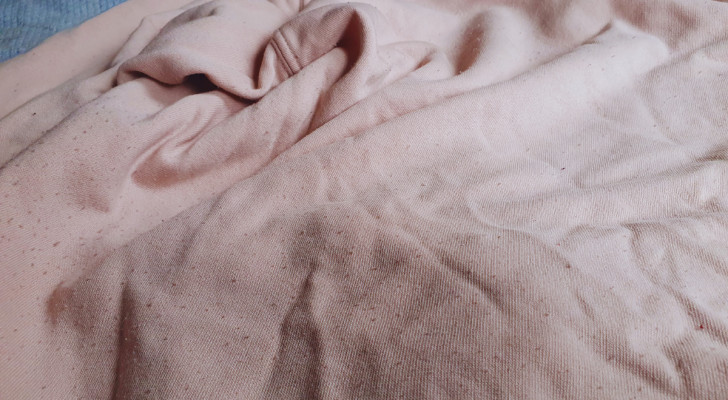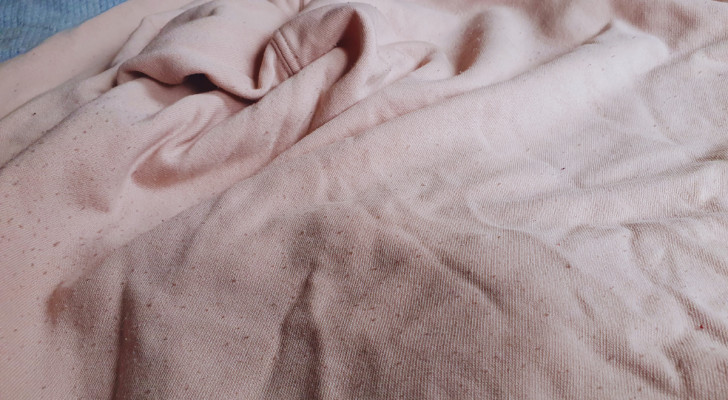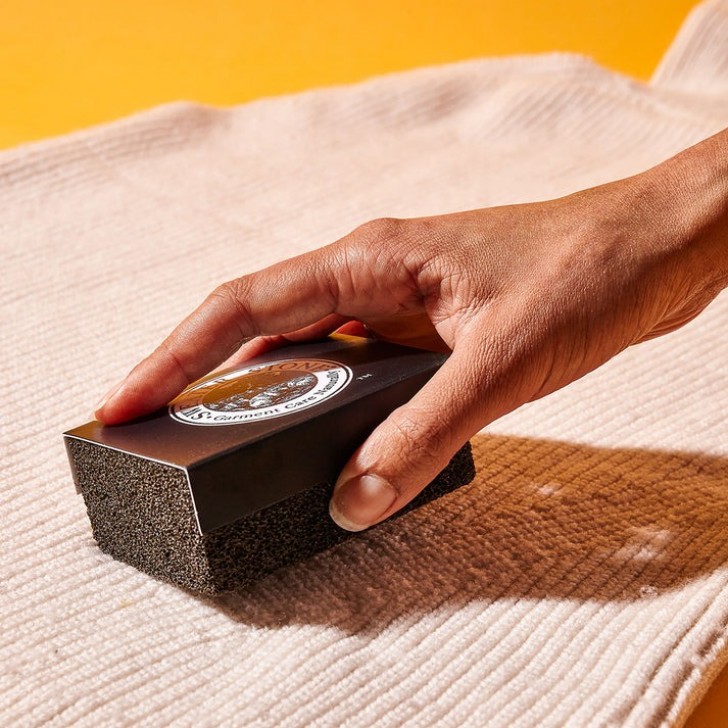Lint and pilling on clothes: a quick and easy way to remove this

Your favorite clothes: after many washes, many items of clothing get covered with lint and lint pellets/balls (aka "pilling"), and start to look old and shabby. Some lower quality items can end up full of lint even after just a few washes. But apart from the pilling, the clothes are serviceable. So, what can be done in these cases?
Well, we can deal with this at home - just a few smart techniques and/or tools are required. Read on to find out more:
Use a pumice stone to remove lint

Creativo
Most of us have a pumice stone: it is very light, porous stone, usually light gray when completely dry and dark when soaked in water. Pumice stones are primarily used for pedicures, removing dead skin and scraping away calluses (and is used wet).
Pumice stones are also useful as an emergency measure to remove limescale build-up, especially in the toilet. For this use, again, the stone is used when wet.
And a dry pumice stone can be used to remove lint and pilling. Pass a dry stone gently over the surface of the "linted" garment. The stone will pick up the lint and pilling on the surface of the garment very effectively.
This chore takes some patience, but you'll be pleased by the results!
Not just pumice stones: other tools can be used to combat lint and pilling

Apart from pumice stones, other tools - mechanical or electrical - can be used to remove lint and pilling from your clothes.
For example, you can get manual lint razors or shavers: these are sold as lint removers, but they can be quite aggressive on delicate fabrics. Many of these tools are designed primarily to remove animal hair from upholstery - but even here, they can sometimes ruin the fabric. The key is to work carefully, cautiously and without hurrying.
Electric lint removers/razors, on the other hand, are much more reliable - although it is always necessary to read the manufacturers' use instructions. These tools look a lot like regular electric razors. Additionally, these razors are quite cheap and are very easy to use.
In all cases, lint removal should not be done frequently: in the long run, removing lint using any method or tool will wear out the fabrics of garments.
A safer, but less effective tool to use to offset this risk, is to use adhesive rollers.
Which method do you prefer?